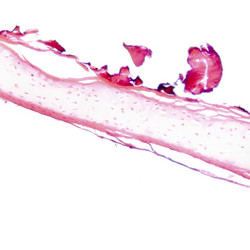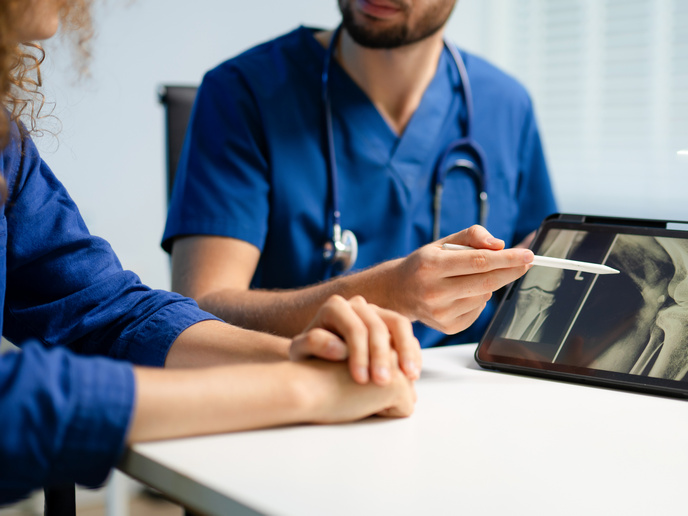Nature-inspired bone healing scaffold
Bone has an incredible ability to heal itself – everyday stresses and loads placed on bone tissue cause microfractures that rapidly self-repair. When severely damaged or diseased, however, bone grafts are often necessary to help the healing process. Since bone grafts have many limitations, advanced tissue engineering could provide a better alternative. For the EU-funded NANOFACT (Development of bioactive nanocomposites for bone tissue engineering applications) project, scientists developed a tiny biodegradable scaffold to rebuild broken and fractured bones. Made from fibres 100 times smaller than human hair, nanoscaffolds are usually used as a matrix to regrow tissues using cells harvested from the patient. Since this requires two surgical procedures, NANOFACT wanted to avoid using the patient's cells at all. Researchers therefore developed a biomimetic scaffold using materials that mimic natural tissues and that elicit similar cellular responses in the body. They used hydroxyapatite to serve as bone mineral for strength, and chitosan as a replacement for the organic bone component, collagen. They then linked proteins called growth factors, which are naturally produced by bone cells to regenerate tissues and form new blood vessels, to this scaffold. Using a rat model, researchers showed that their scaffold with growth factor proteins healed bones more effectively than scaffolds alone. However, they found that instead of naturally degrading after being implanted in rats, the scaffold remained intact, preventing bone healing. As an alternative, NANOFACT used a poly-vinyl alcohol and poly-acrylic acid polymer matrix with ceramic materials dispersed throughout to make it porous. They also added the antibiotic ciprofloxacin to the matrix to prevent infection of the area around the implant site. By initiating new bone growth, the NANOFACT scaffold eliminates the need to culture cells harvested from patients. The project has demonstrated the potential for a safe and effective orthopaedic scaffold for bone healing superior to the best treatments currently available.







